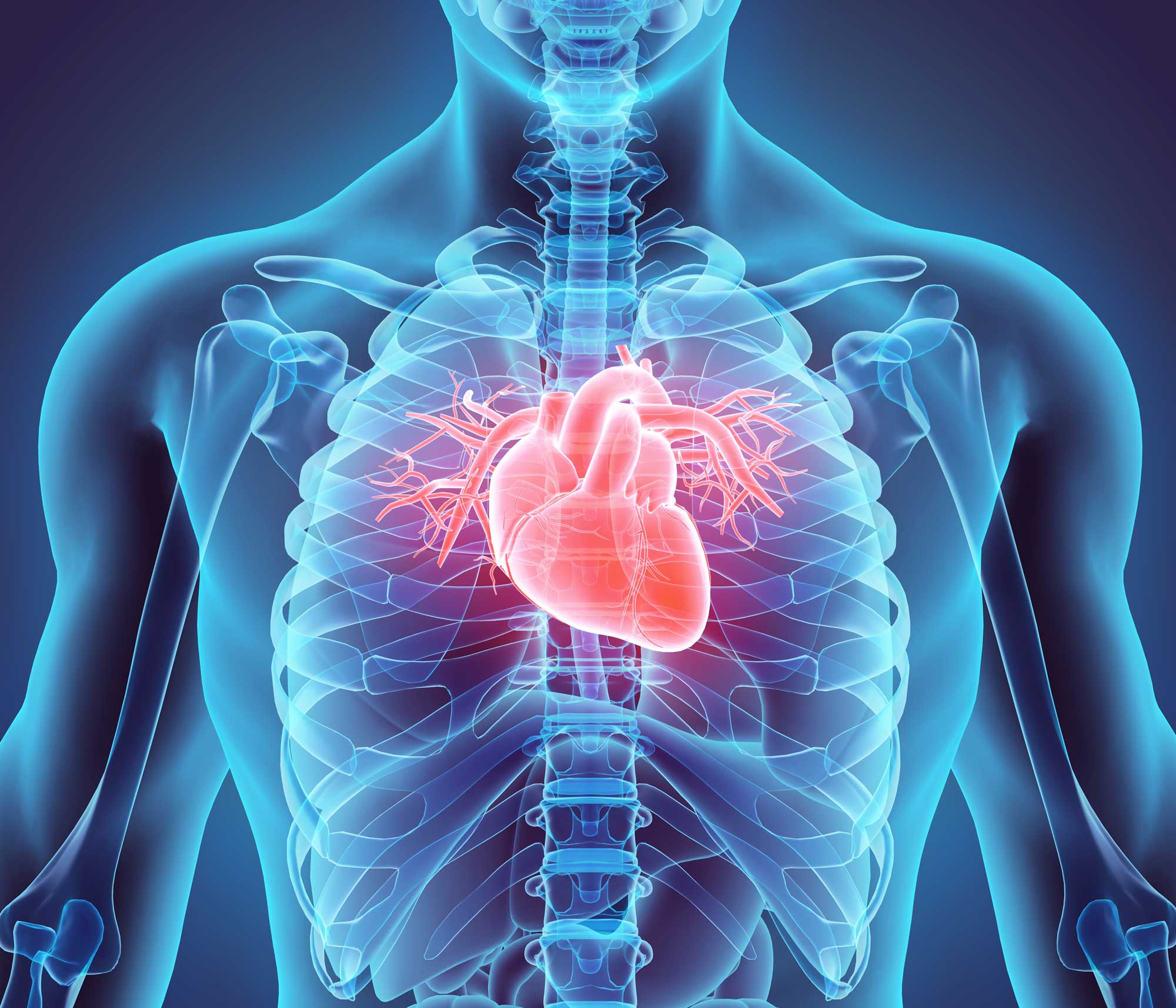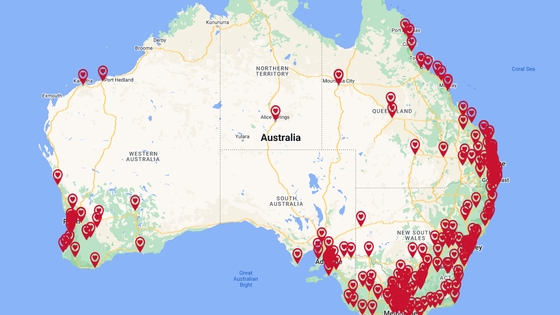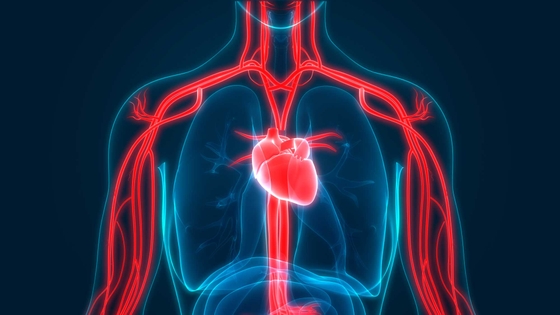
Cardiac rehabilitation resources for healthcare providers
Useful cardiac rehabilitation resources for health professionals.
- Australian healthcare professionals play a critical role in patient participation in cardiac rehabilitation through advocating for and referring patients to local services.
- The Heart Foundation has designed an infographic to help healthcare professionals advocate to managers, administrators, stakeholders and patients the benefits, emphasise potential cost savings and improved patient outcomes from cardiac rehabilitation.
- Many patients feel empowered to tell their stories and help others. The Heart Foundation has a series of videos to help healthcare professionals advocate the benefits of cardiac rehabilitation to patients to increase participation in these services.
- The collection of data on quality indicators contributes to regular monitoring and reporting of the quality and delivery of cardiac rehabilitation across Australia.
The Heart Foundation strongly recommends that all Australians who experience a heart event are referred to and attend a cardiac rehabilitation program. Cardiac rehabilitation supports long-term lifestyle changes, improving patients’ quality of life and reducing hospital re-admissions.
Yet Australian rates of cardiac rehabilitation uptake are low: a recent study of 49,000 patients showed that only 30% of patients were referred to cardiac rehabilitation and of these only 28% attended¹. Healthcare professionals often play a critical role in patient participation in cardiac rehabilitation through advocating for and referring patients to local services.
Australian healthcare professionals also contribute to the continuous optimisation of our healthcare systems by sharing the evidence-base of the benefits of cardiac rehabilitation and promoting good practice in service delivery. This is vital to further develop and explore different models of cardiac rehabilitation.
To deliver a cardiac rehabilitation service with effective patient outcomes, health professionals must ensure they use evidence-based content and measure the impact of interventions.
Evidence based program outline resource for cardiac rehabilitation
The resource, A Pathway to Cardiac Recovery: Standardised program content for Phase II Cardiac Rehabilitation will guide cardiac rehabilitation service providers on the content to deliver face to face, via telehealth or mobile technology to achieve a high – quality, evidence-based program. View the Pathway to Phase II Cardiac Recovery, or download it here.
Be an advocate for increasing patient referral by using the cardiac rehabilitation infographic
Ensure all eligible patients are being referred to cardiac rehabilitation or heart failure services.
The Heart Foundation and the Australian Cardiovascular Health and Rehabilitation Association have developed an infographic to advocate for and increase awareness of the importance of cardiac rehabilitation and its benefits to managers, administrators, stakeholders and patients.
View the cardiac rehabilitation infographic. Or to find out more, download the Advocacy and Communications Toolkit for Health Professionals for Health Professionals.
Cardiac rehabilitation videos
An effective advocacy strategy is to communicate personal patient stories. The Heart Foundation has created videos of cardiologists and patients sharing their opinions and experiences of cardiac rehabilitation. You can view these here:
- Video: overview of cardiac rehabilitation
- Video: view the expert opinions of cardiologist Dr Nicholas Cox on cardiac rehabilitation
- Video: view Debbie’s lived experience of cardiac rehabilitation
- Video: view Cyril’s lived experience of cardiac rehabilitation
Cardiac rehabilitation quality indicators
The service level data collection of quality indicators contributes to regular monitoring and reporting of the quality and delivery of cardiac rehabilitation across Australia. The 10 quality indicators for cardiac rehabilitation support healthcare providers to:
- Identify barriers and enablers to increase referral
- Improve delivery processes
- Improve patient outcomes and
- Inform best practice and alternative models of care
To find out what data your program should be collecting, see the National Cardiac Rehabilitation Quality Indicators data dictionary and data collection spreadsheet.
To find out about the National Cardiac Rehabilitation Quality Indicator development process read Cardiac Rehabilitation Quality in Australia: Proposed National Indicators for Field Testing, or download it here.
Heart Failure and Support Service Fact Sheet
Heart Failure patients benefit from cardiac rehabilitation and chronic disease management programs. Use this heart failure fact sheet to promote these programs to your heart failure clients.
To find out more, see the Heart Failure fact sheet, or download it here.
Position Statement on telehealth and cardiac rehabilitation
Participating in a cardiac rehabilitation program is a critical step in a person’s recovery from their heart attack or heart event. The Heart Foundation and the Australian Cardiovascular Health and Rehabilitation Association have developed a position statement about the ongoing role of telehealth in cardiac rehabilitation service delivery.
To find out more, see the Position Statement on telehealth and cardiac rehabilitation.
References
- Astley CM, Chew DP, Keech W, Nicholls S, Beltrame J, Horsfall M, Tavella R, Tirimacco R, Clark RA. The Impact of Cardiac Rehabilitation and Secondary Prevention Programs on 12-Month Clinical Outcomes: A Linked Data Analysis. Heart Lung Circ. 2020 Mar;29(3):475-482. doi: 10.1016/j.hlc.2019.03.015. Epub 2019 Apr 12. PMID: 31072769.
You might also be interested in...
.jpg?width=550&height=auto&format=pjpg&auto=webp)
Acute coronary syndromes (ACS) clinical guideline
Access the guideline and discover what's new for your clinical practice.

Find a cardiac rehabilitation program near you
Cardiac rehabilitation helps your recovery after a heart procedure or the diagnosis of a heart condition. It also helps lower your chances of having heart problems in the future.

Atrial fibrillation clinical resources for healthcare professionals
Developed using current evidence from the Australian Clinical Guidelines for the Diagnosis and Management of Atrial Fibrillation (2018).
Last updated28 May 2025
Last reviewed07 March 2024